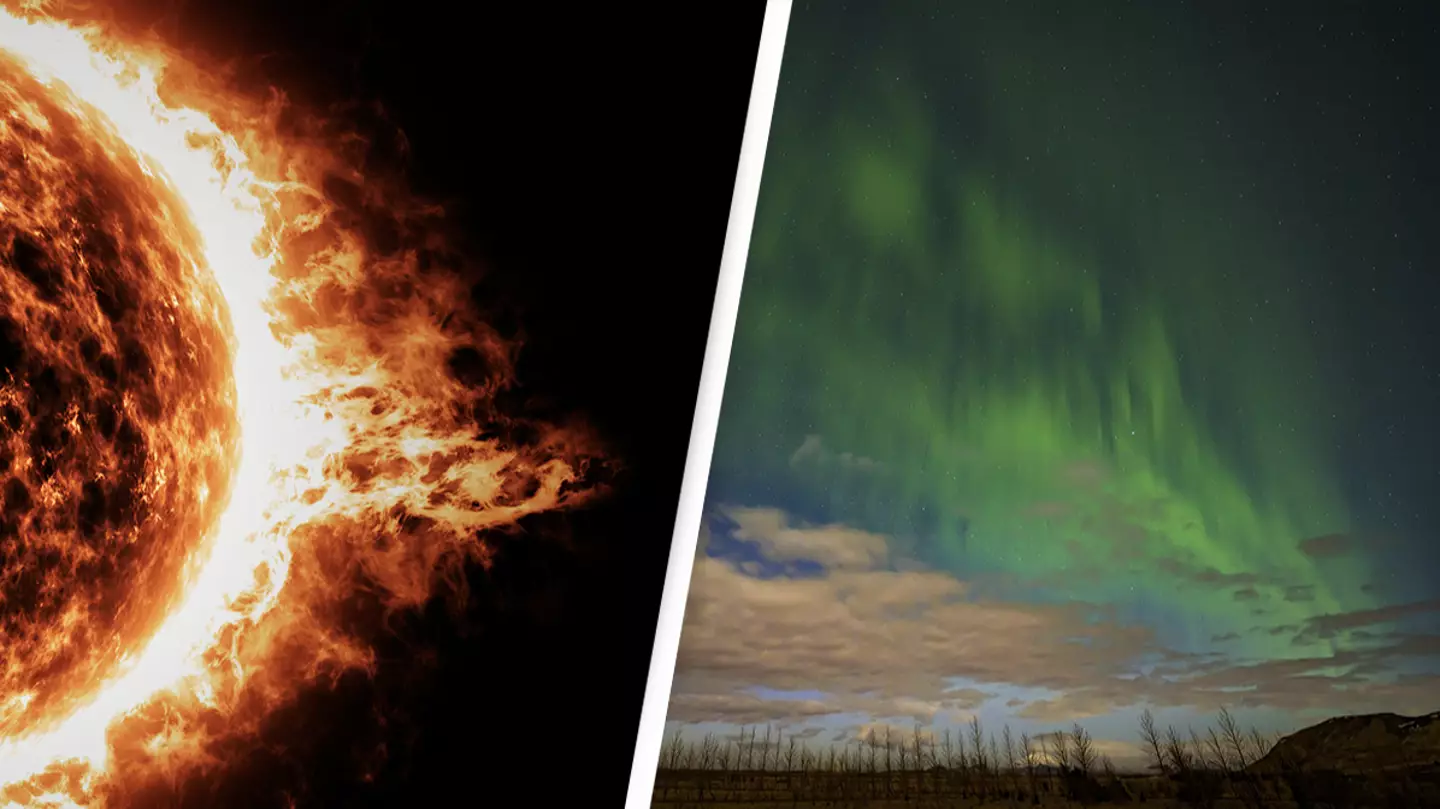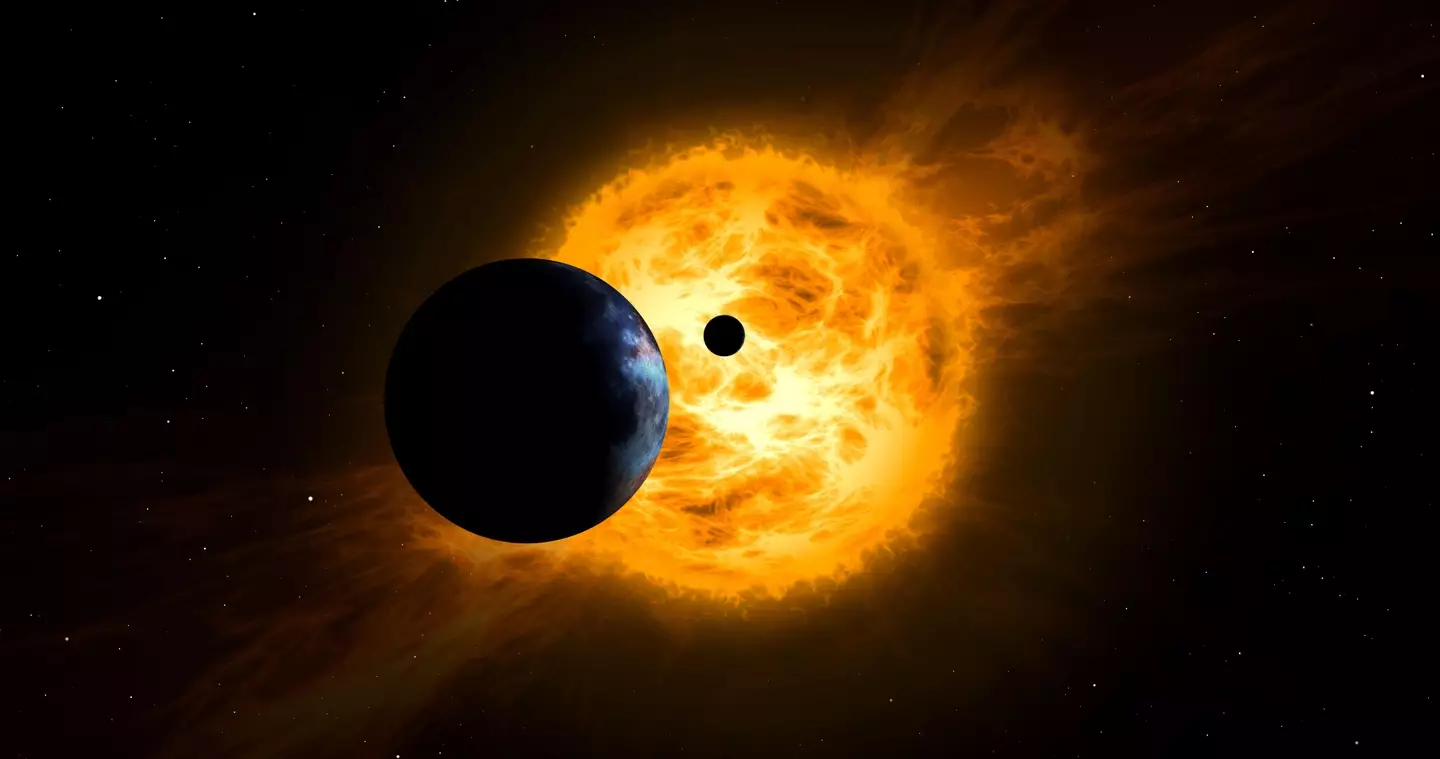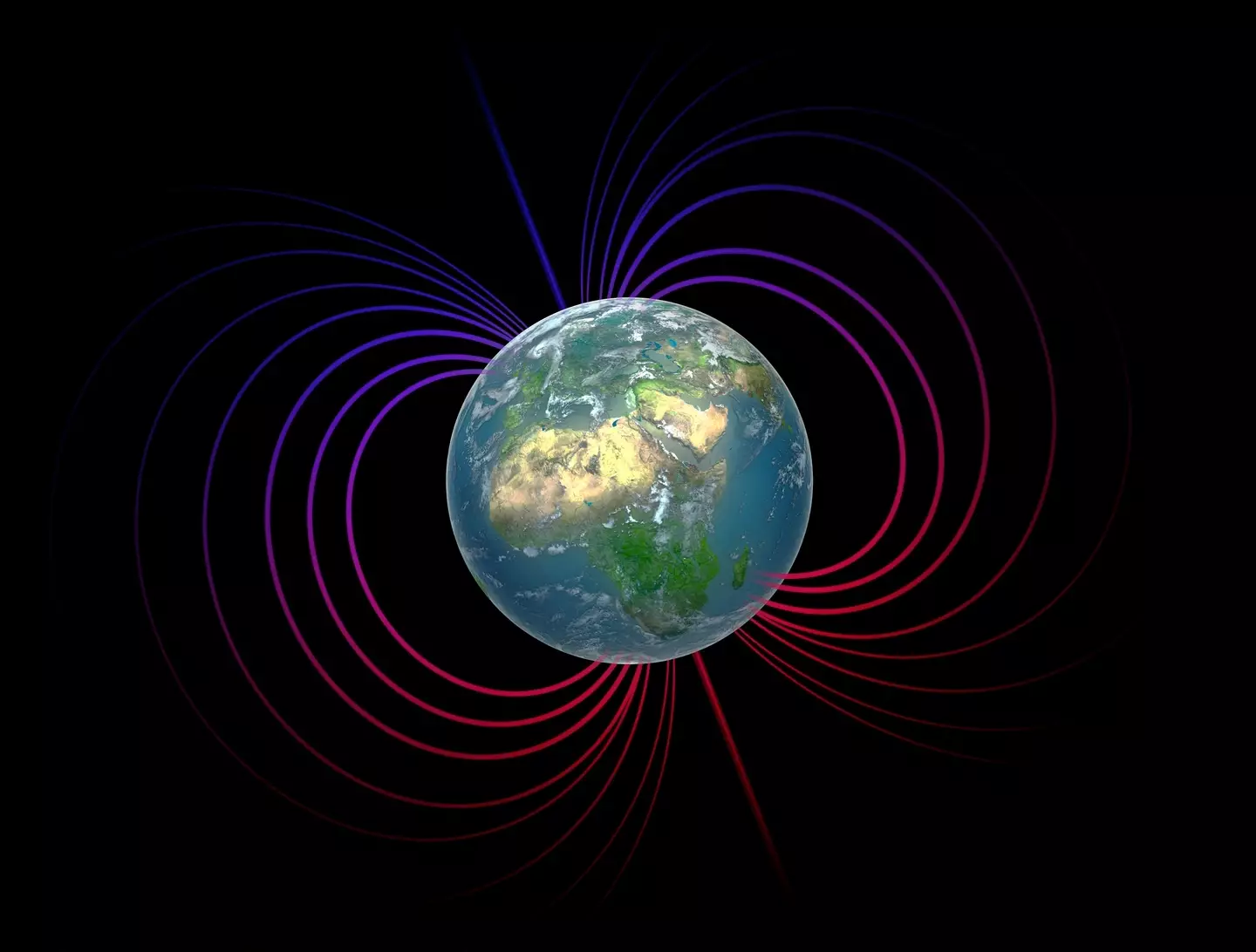
A geomagnetic storm ‘cracked open’ earth’s magnetosphere over the weekend much to the surprise of scientists.
The magnetosphere is the series of magnetic fields that surround our planet, shielding it from harmful solar winds and cosmic radiation.
But the defensive field was ‘split’ when a geomagnetic storm hit earth days ago, leaving scientists ‘surprised’.
Advert
Geomagnetic storms are often caused by solar flares - or coronal mass ejection (CMEs) - which are enormous expulsions of plasma from the sun’s outer layer.
However, last weekend’s storm didn’t appear to have originated from a solar flare, hence scientists’ surprise.

Reporting on the storm, Sky News said astronomers think it was the result of a much rarer phenomenon that’s caused when two streams of solar wind meet.
Advert
A co-rotating interaction region (CIR) could well be behind the storm. These happen when solar wind streams moving at different speeds interact and cause a build-up of plasma at extraordinary speeds.
Sunspots are usually a giveaway sign that a solar storm is imminent, but astronomers weren’t able to detect any over the weekend, meaning a CIR is the likely culprit.
According to Space Weather, the storm ‘opened a crack in our planet’s magnetosphere’ when it hit earth, although no major outages were reported.
The solar storm hit earth just days after it was reported that a giant sunspot facing our planet had recently doubled in size.
Advert
Between 22 and 23 June, Active Region 3038 grew exponentially, however, Robert Steenburgh from the National Oceanic and Atmospheric Administration's Space Weather Forecast Office suggested it was nothing to worry about.

"This is what sunspots do," he explained. "Over time, generally, they'll grow. They go through stages, and then they decay."
That said, all this increased amount of activity on the sun's surface comes during a time period of unprecedented space activity from earth - which could massively affect the number of commercial satellites in earth's orbit most vulnerable to solar eruptions.
Advert
That exact scenario happened in February, when a massive geomagnetic storm dragged 40 newly-launched SpaceX satellites out of orbit, The Independent reported at the time.
When it comes to avoiding future satellite losses, spacecraft engineering companies' best bet is to monitor space weather in real time.
Solar storms that hit earth are graded by severity, with ‘G1-class’ being bottom of the ranking while G-5 is at the top.
If earth were hit by a G-5 flare, we could expect ‘widespread voltage control problems’ and ‘grid system blackouts’, according to Space Weather.
Advert
Satellite navigation would also be ‘degraded for days’ and low-frequency radio navigation would likely be out for hours.
If you have a story you want to tell, send it to UNILAD via [email protected]